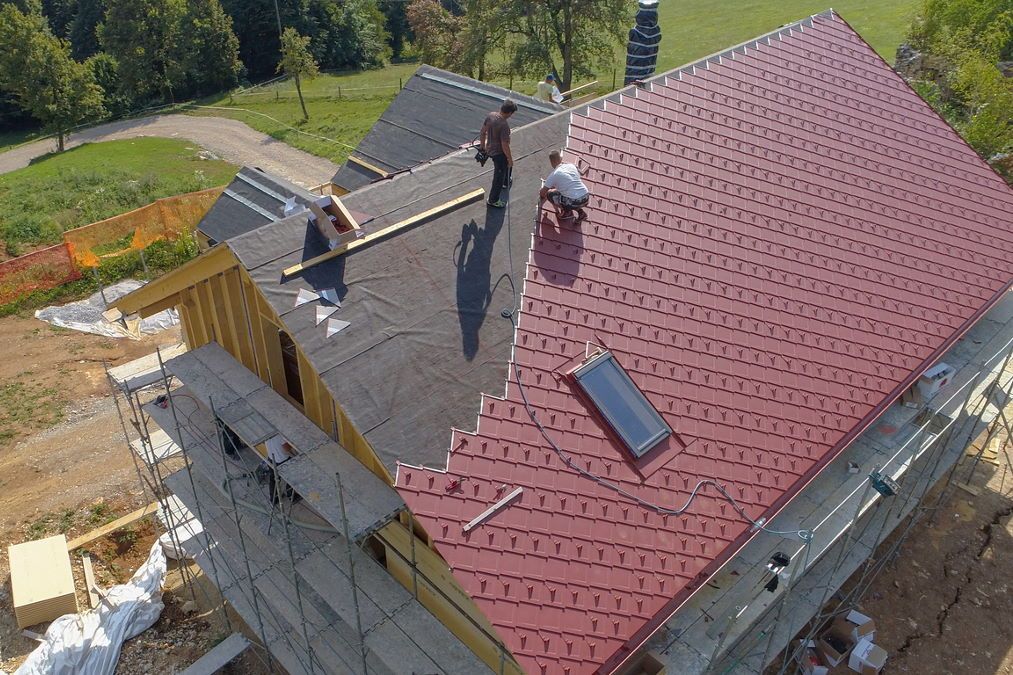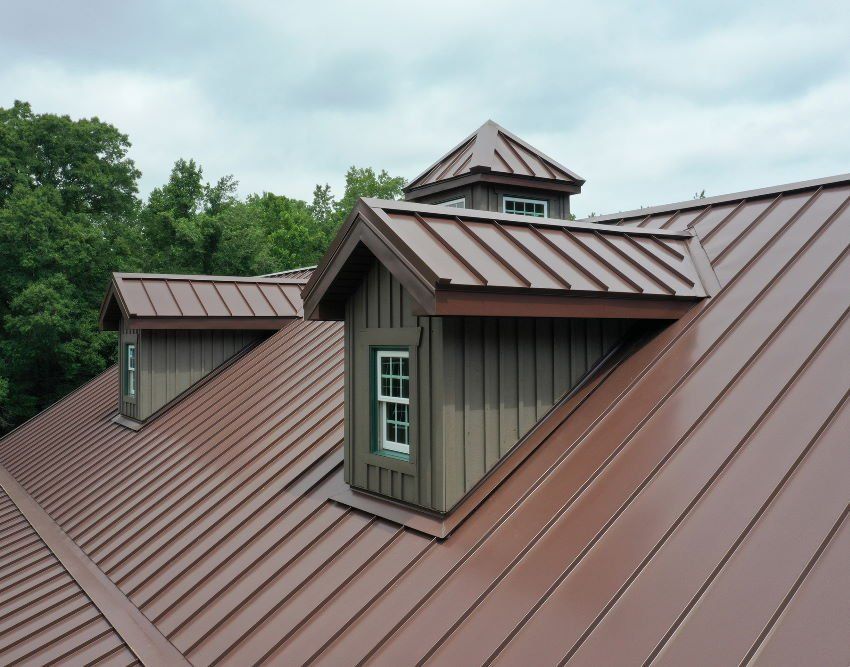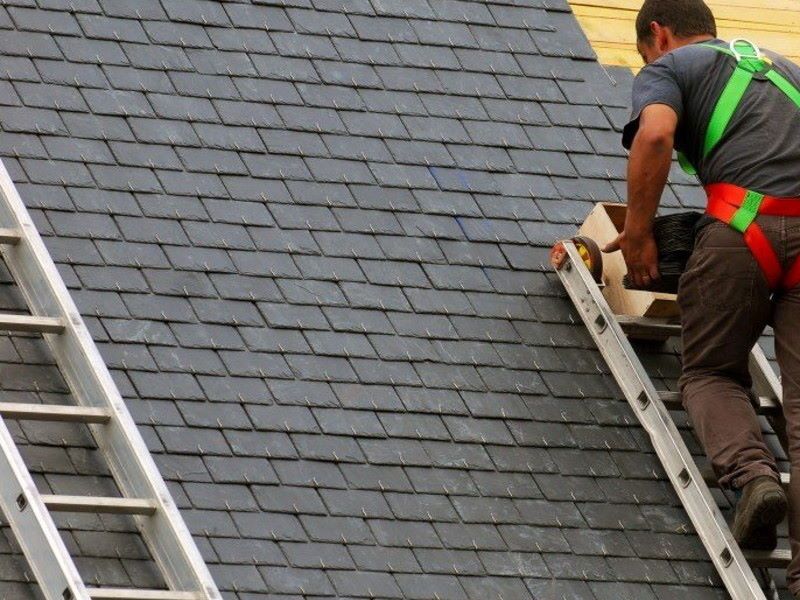Introduction
When it comes to selecting roofing materials, climate plays an indispensable role. Your choice of roofing material not only impacts the aesthetic of your home but also its durability and performance against various weather conditions. For instance, a roof that thrives in sunny, dry climates might falter in areas prone to heavy rainfall or snow. In this article, we'll explore how different climates influence your roofing choices and delve into the pros and cons of various materials.
Understanding Climate Zones
What Are the Different Climate Zones?
Climate zones are categorized primarily based on temperature, humidity, precipitation patterns, and seasonal variations. The main climate zones include:
- Tropical Dry Temperate Continental Polar
Each zone has unique weather patterns that affect the longevity and efficiency of roofing materials.
How Do Climate Zones Affect Roofing Choices?
Understanding your climate zone is essential for choosing suitable roofing materials. For example:
- In tropical climates, roofs need to withstand heavy rainfall and humidity. Dry climates may require materials resistant to cracking from heat.
Knowing your climate can guide you toward the best roofing contractors who specialize in those specific needs.
How Climate Affects Your Choice of Roofing Material
When selecting roofing materials, consider how they perform under extreme conditions. Here's a breakdown of how various climates influence material selection.

Hot and Dry Climates
In regions with high temperatures and minimal rainfall:
- Material Options: Clay tiles, metal roofing Benefits: Clay tiles reflect sunlight and help keep homes cool; metal roofs are durable.
Key Consideration: Look for licensed roofing contractors specializing in reflective coatings to enhance energy efficiency.
Humid and Tropical Climates
For areas experiencing heavy rain or humidity:
- Material Options: Slate roofs, asphalt shingles Benefits: Slate is highly water-resistant; asphalt shingles are economical yet effective.
Key Consideration: Always conduct regular roof inspections to catch issues like mold early on.

Cold Climates
roof repair Southern Roofing Systems of MobileIn cold regions with snow:
- Material Options: Metal roofs, asphalt shingles Benefits: Metal roofs shed snow easily; asphalt shingles provide good insulation.
Key Consideration: Choose certified roofing contractors who understand snow load regulations for safe installation.
Coastal Areas
If you're near the coast:
- Material Options: Fiber cement siding, synthetic slate Benefits: These materials resist salt corrosion effectively.
Key Consideration: Storm damage roof repair is crucial in these areas due to frequent hurricanes or storms.
The Importance of Roof Insulation Based on Climate
Proper insulation can drastically improve energy efficiency regardless of climate.
How Does Insulation Work?
Insulation prevents heat transfer between your home interior and exterior. In winter months, it keeps warmth inside while in summer months, it blocks heat from entering.
Choosing the Right Roofing Material Based on Local Weather Patterns
Understanding local weather patterns helps narrow down suitable materials further.
Rainfall Levels
High levels of rainfall necessitate waterproofing features:
Check if the material is rated for water resistance. Ensure proper drainage systems are installed by expert roof installation services to avoid leaks.Wind Resistance
In windy areas:
Choose shingles rated for high winds. Metal roofs offer better durability compared to other materials.The Role of Energy Efficiency
Energy-efficient roofing can impact long-term costs significantly.
What Makes a Roof Energy Efficient?
Energy efficiency depends on several factors including material type and color (light colors reflect more sunlight).
Common Roofing Types: Pros and Cons by Climate
| Roofing Type | Pros | Cons | |------------------|-------------------------------------------------|---------------------------------------| | Asphalt Shingles | Cost-effective & versatile | Lower lifespan | | Metal | Durable & eco-friendly | Can be noisy during rain | | Tile | Long-lasting & aesthetically pleasing | Heavy & costly | | Slate | Extremely durable & elegant | High cost & requires specialized installation |
Key Features to Look for in Roofing Materials
Your choice should also consider specific features:
Weather resistance UV ray reflection Impact resistance (especially important in hail-prone areas)Hiring the Right Roofing Contractors
Finding appropriate professionals is crucial for any roofing project.
What Should You Look for?
Look for licensed roofing contractors with experience specific to your climate zone's challenges. Reviews from previous customers can provide insights into their reliability and quality of service.

Maintenance Needs by Material Type
Different materials have varying maintenance requirements that should be factored into your decision-making process.
Asphalt Shingles Maintenance Tips
Regular inspections can prevent costly repairs down the line!
Look for curling edges. Clean debris from gutters regularly.Repairing vs Replacing: Making the Decision
At some point, every roof needs attention—know when it's time to repair versus replace!
Signs You Need a Roof Replacement
Extensive leaking Missing multiple shingles Structural damage visible from inside your atticEmergency Roofing Services: When Things Go Wrong
Mother Nature can be unpredictable! Knowing where to find emergency roof repair services is vital.
What Qualifies as an Emergency?
Situations like severe storm damage or sudden leaks warrant urgent professional help!
Understanding Roof Repair Costs
Roof repair costs vary based on numerous factors such as material type, extent of damage, labor fees etc., which influences whether you’ll opt for a simple fix or full replacement!
| Factor | Estimated Cost Range | |----------------------|------------------------| | Minor Repairs | $200 - $500 | | Moderate Repairs | $500 - $1500 | | Major Repairs | $1500 - $3000+ |
FAQs About Roofing Choices Based on Climate
1) What’s the best roof material for hot climates?
- Clay tiles or metal roofs are excellent choices due to their reflective properties.
2) How often should I inspect my roof?
- At least twice a year or after severe weather events—don’t skip those checks!
3) Can I install a new roof over an old one?
- Yes, but consult licensed roofing contractors as it may depend on local building codes.
4) What’s the average lifespan of different types of roofs?
- Asphalt shingles last about 20 years; metal can last 40+ years if maintained well!
5) Is insurance coverage available for storm damage repairs?
- Yes! Check with your provider regarding coverage specifics related to natural disasters.
6) What’s involved in a typical emergency roof leak repair?
- Quick assessment followed by sealing leaks using appropriate methods tailored to material type!
Conclusion
Making informed decisions about your roofing material is paramount for ensuring longevity and resilience against climate variances! By understanding how climate affects your choice of roofing material—from assessing local weather patterns down through maintenance requirements—you empower yourself with knowledge essential not just today but also long into the future! So don’t skimp; do thorough research before committing! After all—a good roof over one’s head ensures peace at heart—right?